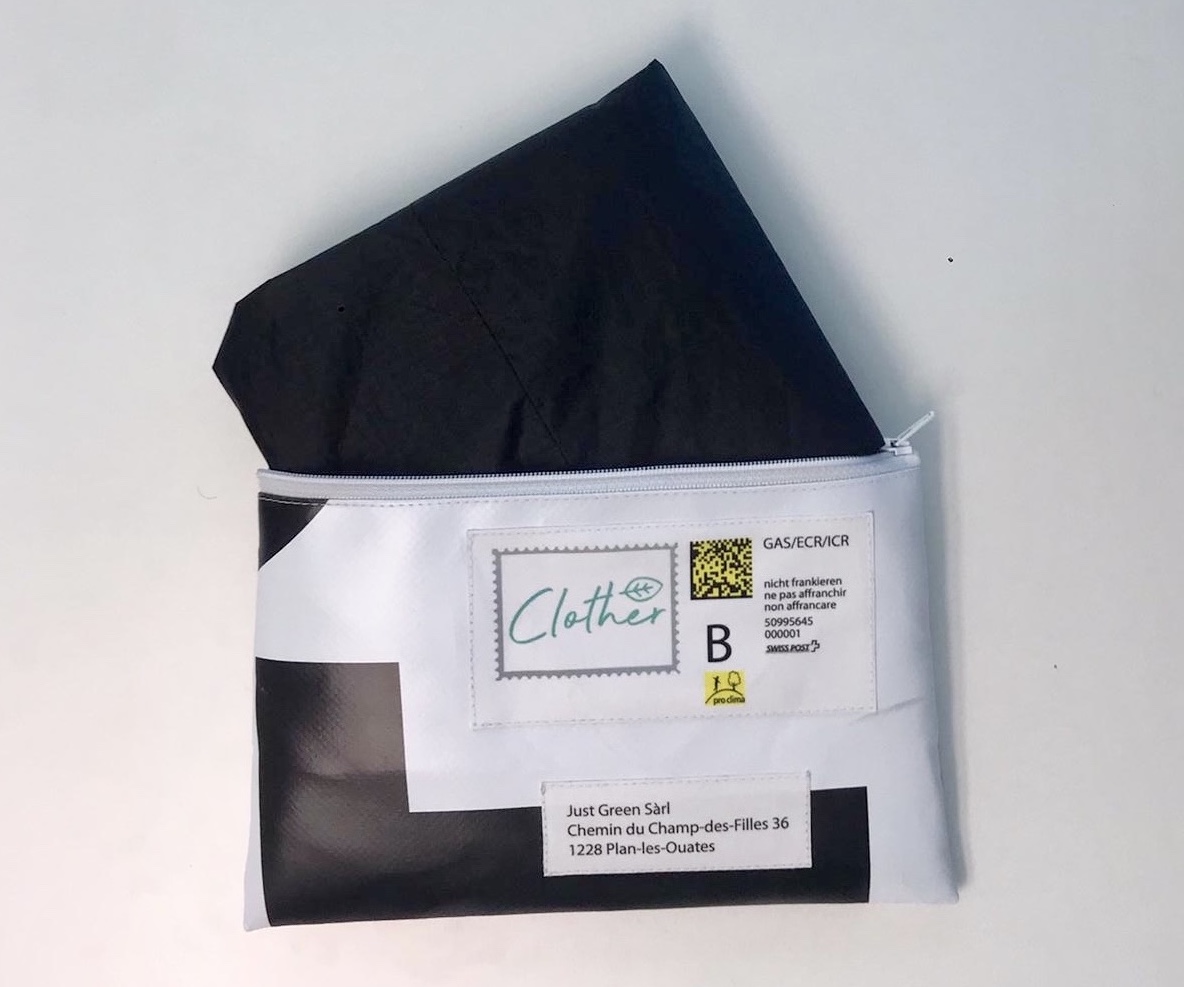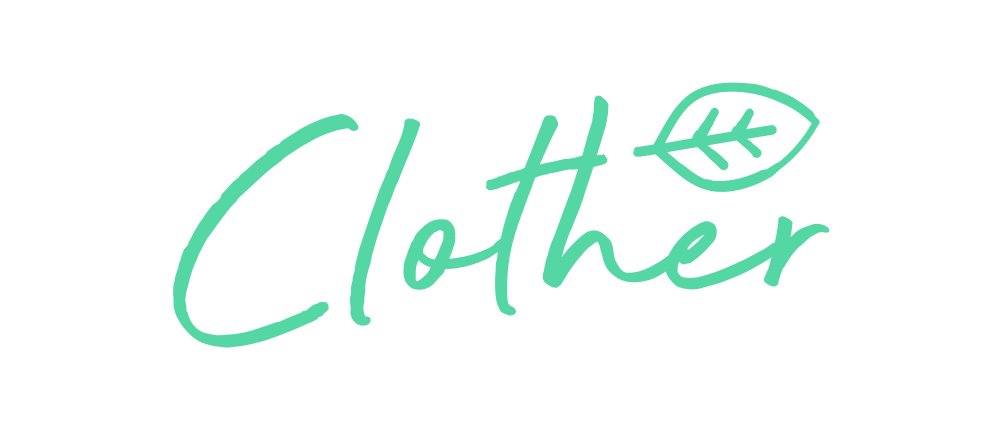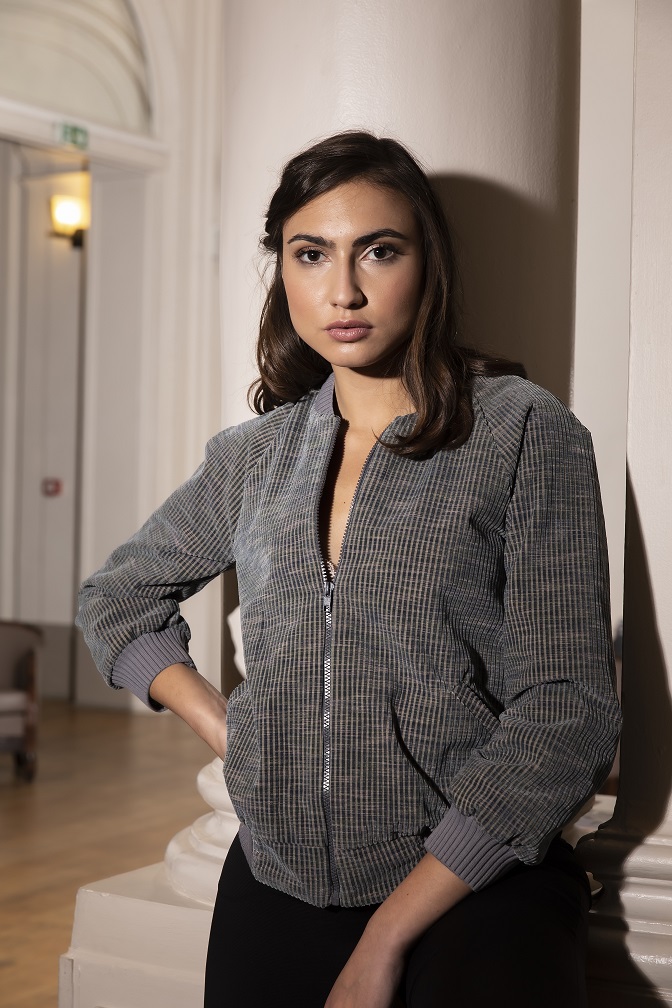Commitment is at the heart of their business. These men and women are inspired by the world to act differently and sustainably, making their environment a channel for expression, creativity, innovation and solidarity. Finance, culture, crafts, industry and the media are just some of the fields embodied by these personalities, who have agreed to be in cahoots with us for a meeting to share their universe.

Benjamin is from Lille by birth and Genevan by adoption. After 12 years working in the purchasing and sales departments of a Swiss multinational, Benjamin listened to his entrepreneurial instincts and set up his own business. Clotheran online boutique for eco-responsible fashion, with one idea in mind: to convince as many people as possible to change their consumption habits, by offering sustainable clothing and an easy customer experience, for a more sober fashion.
The garments are made as close as possible to Switzerland, within a radius of no more than 1,500 km, using sustainable, recycled or upcycled materials, and are delivered to the customer using circular logistics. And don’t forget the useful tips and tricks the brand regularly offers through its newsletter and social networks!
Hello Benjamin, who are you and what do you do for a living?
Hello, my name is Benjamin Lecrivain, and I’m the founder of Clother, a new platform for online sales of eco-responsible clothing in Switzerland.
Why did you choose this field of activity?
Basically, it’s not my field at all, but it all started from a desire to undertake an idea that made sense from an environmental point of view. That’s why I chose clothing, because personally, as a consumer, I realized that when I wanted to buy sustainable clothing without the fear of falling into greenwashing, there were very few accessible, practical and easy solutions in Switzerland, and in French-speaking Switzerland in particular. I also realized that the few solutions that already existed were doing a good job of offering an eco-responsible proposition, but that the notion of service, practicality, ease of use and customer experience was not always at the heart of their approach.
I’m convinced that if we want to convince as many people as possible to make the switch to more sober, sustainable consumption, particularly when it comes to clothing, we also need to make the customer experience as practical and comfortable as possible, because today we’re already used to this experience with major sites such as Zalando and Amazon, to name but a few.
So making eco-responsible online shopping easy, fast and convenient is important to break down barriers and get as many people as possible into sustainable fashion.
How did this desire for commitment come about? What triggered it?
It’s not a trigger, it’s more a personal journey. Year after year, we receive information from all sides, from the media, from what we read about climate change and the way we consume, which has a considerable impact on the environment. Whether it’s the IPCC reports, the World Economic Forum’s announcement that climate disruption is a major economic risk, or the UN’s report that we’re on a warming trajectory of +2.7 degrees compared to the pre-industrial era. All the signals are red, and have been for several years.
As far as I’m concerned, it’s a realization that didn’t happen overnight, but over time, as I questioned my lifestyle and ways of living differently, more soberly. This was then coupled with my desire for entrepreneurship, to finally try to be a player and propose a solution, humbly, to accompany people towards more sober consumption.
Fashion is the second most polluting industry in the world, and we don’t necessarily realize it. We think clothes are small, they don’t take up much space, and we pay very little attention to where they come from and how they’re made, even though this has a huge impact on our individual carbon footprint. I felt that something had to be done to support a sustainable movement in this sector.
And in this adventure of impact entrepreneurship you’ve embarked on, what are the issues and challenges you’re facing?
The first challenge was to convince myself that I had an idea worth launching and that it was worth a try, and to leave behind the comfortable and easy life of an employee in a big company, to take action. That was really the first challenge, which is now far behind me.
Another challenge is realizing that when you embark on an adventure like this, the range of things you can control is vast, and you get a feeling of freedom, while at the same time realizing that you have to do a lot of things, and that you don’t necessarily always have the maximum skills to manage them.
So you have to learn to learn, listen, find out and learn from your mistakes, of course, in order to move forward with this idea and give it birth.
And how receptive are your first customers to your concept and services? Do you feel there’s a real appetite for solutions like yours?
So far, feedback has been generally very positive. Customers appreciate many things:
-The first thing is to arrive on a site where they say to themselves “I know that work has been done in selecting the brands on offer, so I don’t have to worry too much about whether the clothes on offer are really sustainable and have a reduced carbon footprint”.
-The second thing is to discover brands they don’t know about, because they’re not widely distributed.
-What’s also very appealing is the consistency of the approach, the offer and the services on offer. In fact, our eco-responsible offer is not limited to the clothes on offer, but also covers the delivery method, and the fact that we have decided to use reusable, and therefore circular, packaging. Customers don’t have to throw away cardboard or plastic; on the contrary, they receive a package that they send back to us after delivery, thanks to prepaid postage, so that we can use it again and again. The idea is to move away from a linear model of waste creation to a circular model, and this appeals enormously because they feel that there’s a real approach and that it’s not just a pseudo-eco-responsible showcase that’s riding a trend, but that there’s real work behind the thinking and the implementation.
-From the outset, I’ve also focused a lot on contact, being close to my customers and responding quickly to their requests and needs.
The good thing about being a small structure is that we don’t offer an impersonal experience like some giant retailers.

And the service, which is quite unique, of offering customers to pay once they’ve tried it? Where did this idea come from?
I was talking earlier about the notion of service and customer experience, which is also at the heart of Clother’s proposition: it really is an eco-responsible offer with the most comfortable customer experience possible, these are the two legs on which Clother is trying to move forward.
So the try-before-you-pay service fits in perfectly with this approach. The first reason is that when you’re an unknown site, offering unknown brands, and you have to convince people to give us a try, you have to find ways to reassure them and build trust. It’s reassuring for customers to know that they can place an order and try before they’re charged. I’ve had customers who didn’t keep any of the items they ordered. It’s one less hurdle to jump, one less barrier to try something new and unfamiliar.
It’s also true that in online fashion consumption, return rates are high, as customers may hesitate about size, color, etc. So the idea is to let them order sizes and colors they can try on at home, without having to pay for them right away, and to avoid having to return packages. In everything we do at Clother, the idea is to have an eco-responsible foundation.
Can you tell me a little about the other services you have developed at Clother?
Still around the notion of service and practicality, returns are free because I feel that if we offer people the chance to try on several sizes and several colors, it’s quite natural that they should be able to return what they don’t keep without it costing them money.
We offer a range of delivery options to suit our customers’ needs: click-and-collect for people in the vicinity, home delivery with reusable parcels, or delivery to partner stores. I was keen to develop an initial network of eco-responsible partner boutiques to which customers can have their parcels delivered, giving them the flexibility of opening hours and also enabling them to create a close bond with these boutiques, which are located in their neighborhood, just a stone’s throw from their home.
Another very important point in Switzerland is customs duties; today, even if there are a few eco-responsible brands in Switzerland, there are many more in France, Italy, Spain or Portugal, so part of the range offered by Clother comes from these countries. Clother is unique in that it is not a marketplace, so the stock is already based in Switzerland and the customs formalities are carried out by Clother beforehand, which means that customers receive a parcel that comes from Switzerland and is not subject to any customs duties. And it also means much easier returns. So it’s a big plus for customers, who have certainly all experienced the hassle of shipping from abroad.
A practical question: if the customer decides to return the parcel by post, do they receive a shipping label?
Absolutely, everything is already in the package. Either they’ve received their parcel, they don’t keep everything and want to send back a few items, so they slip the pre-printed label into the front pocket and drop the parcel off at the post office, or they keep everything and the parcel turns into a small pre-stamped envelope that they simply slip into any post office letterbox and Clother collects it to reuse for other parcels.
A few minutes ago, you were talking about the urgency of climate change. What do you think needs to change to move faster, to ensure that the world moves more quickly towards maintaining global warming at 1.5 degrees above pre-industrial levels?
A lot of things, but when it comes to fashion, a few weeks ago I heard the designer of Loom, an eco-responsible brand, explain in an interview that we’ve been brought up by the big brands in a kind of programmed obsolescence of desire, and that’s exactly what it is. The big brands offer 36 collections a year, with changes every 2 or 3 weeks in their stores, and we’ve fallen into this logic of always more: buying more, having more clothes in the wardrobe, throwing them away or getting rid of them ever faster.
I think that the heart of the action is to propose an alternative solution that is desirable, pleasant for customers and that responds to another desire, that of having beautiful clothes that are made not far from home, in beautiful materials, the pleasure of buying a piece that will last for several years, the satisfaction of having your clothes repaired…
It’s this shift I think we need to make in people’s minds. This means making people aware of the disastrous impact of today’s fashion and our consumption methods on the environment, which is one step, but not the only one.
The other step is to offer desirable alternatives to what’s on offer today, and that’s Clother’s idea, with experience, services, ease, the fact that the clothes are beautiful, well-cut, designer, and instead of keeping them for three months and selling them second-hand, telling ourselves we’ve done a good deed, or worse, throwing them away, we keep them for 3, 4, 5 years or more because they’re made to last.
Last question, a La Mèche tradition: what’s the anti-environmental habit you’re having trouble kicking?
The car, still a little too much unfortunately. It’s a dilemma and a perpetual discussion in my head, how can I use it less! But I’m not there yet, unfortunately, because the flexibility of the timetable, the speed, the infrastructure and the distances I sometimes have to cover mean that I haven’t yet managed to organize myself to do without it as I would like.
Thanks Benjamin, see you soon!
Thank you very much!
We’d love to hear your inspiring stories! If you’d like to try your hand at the Proust questionnaire, or share your experience, commitment, tips or gripes, go to the “Share with us ” discussion forum on the La Mèche platform, here:



